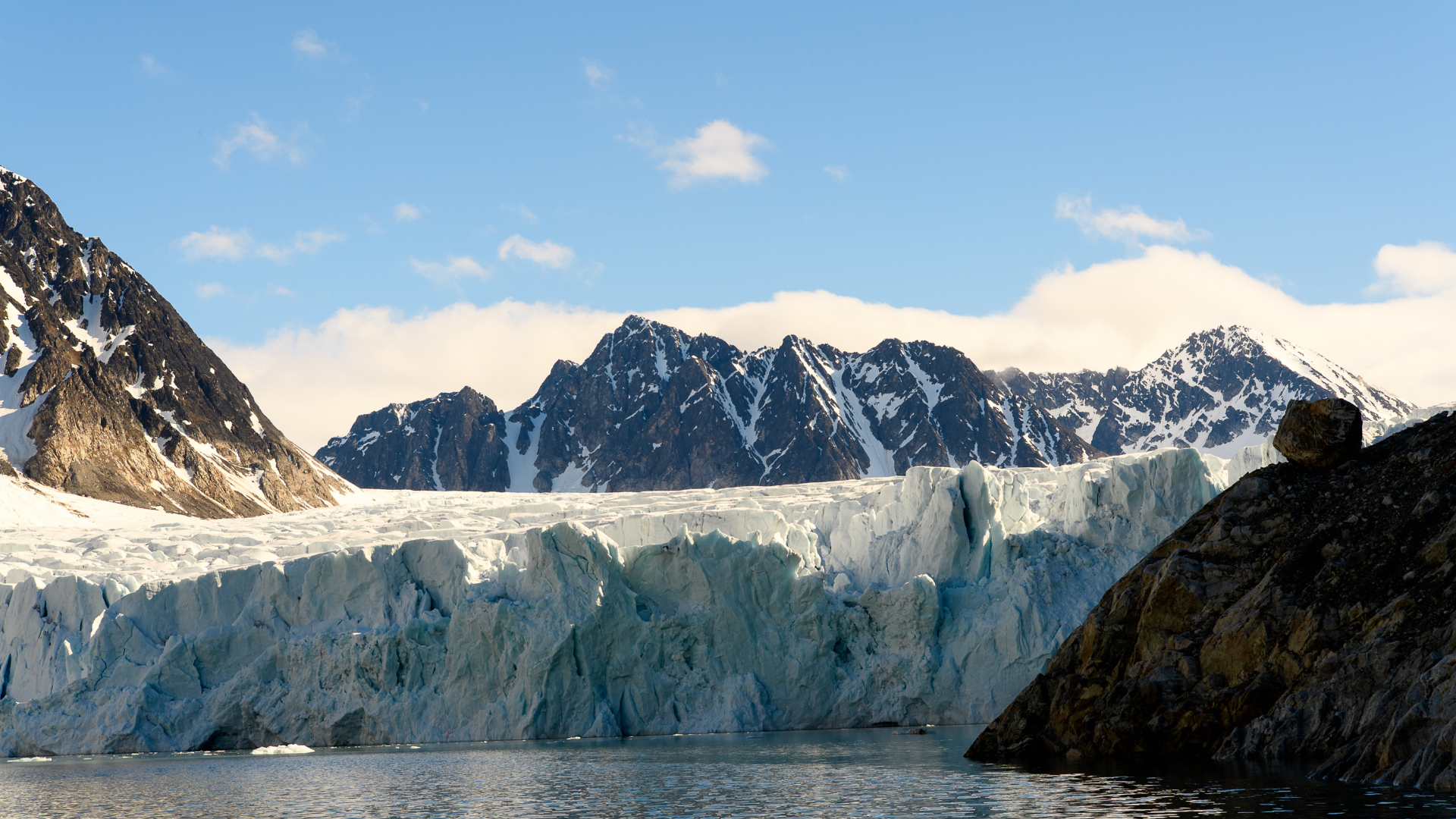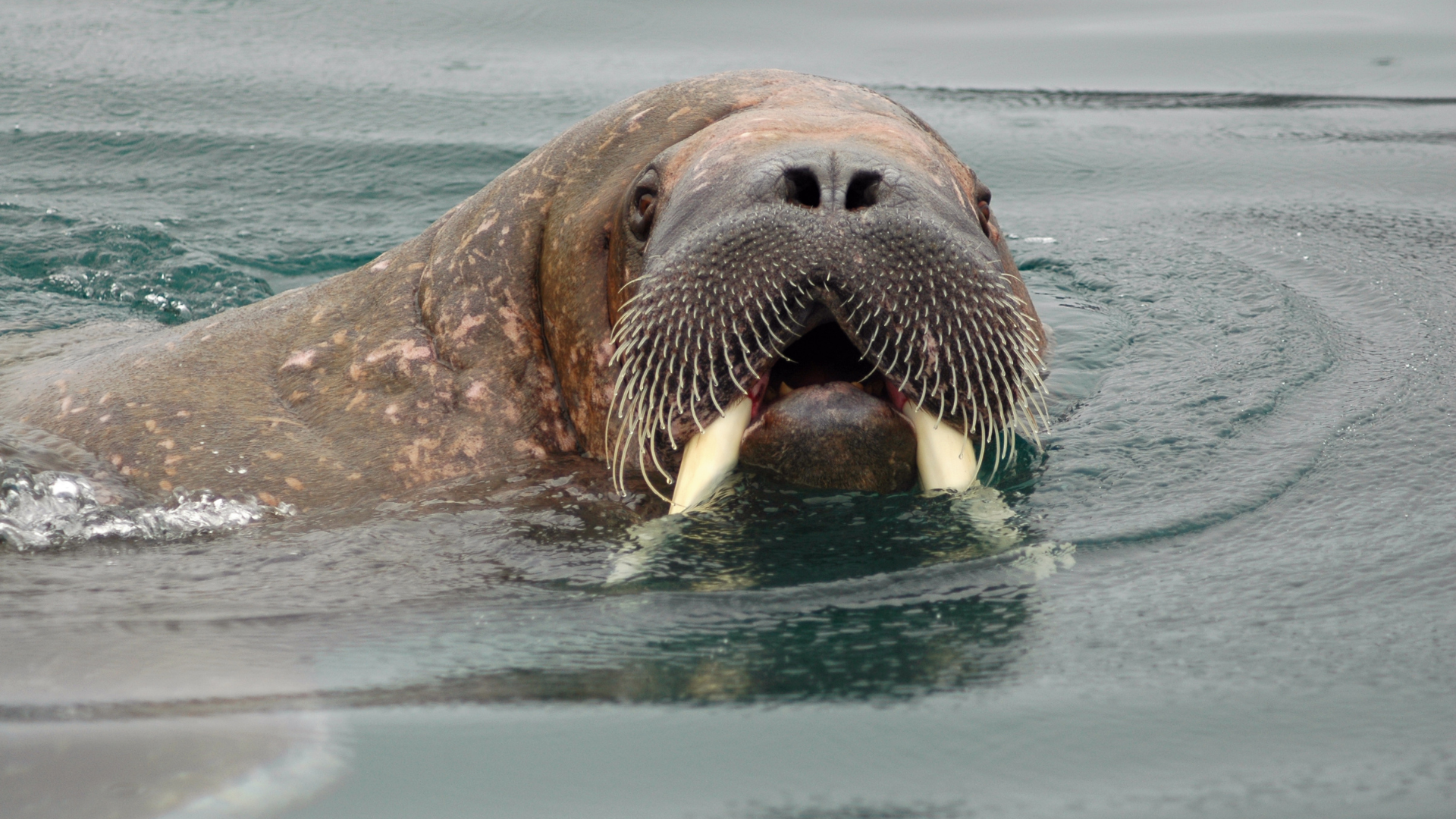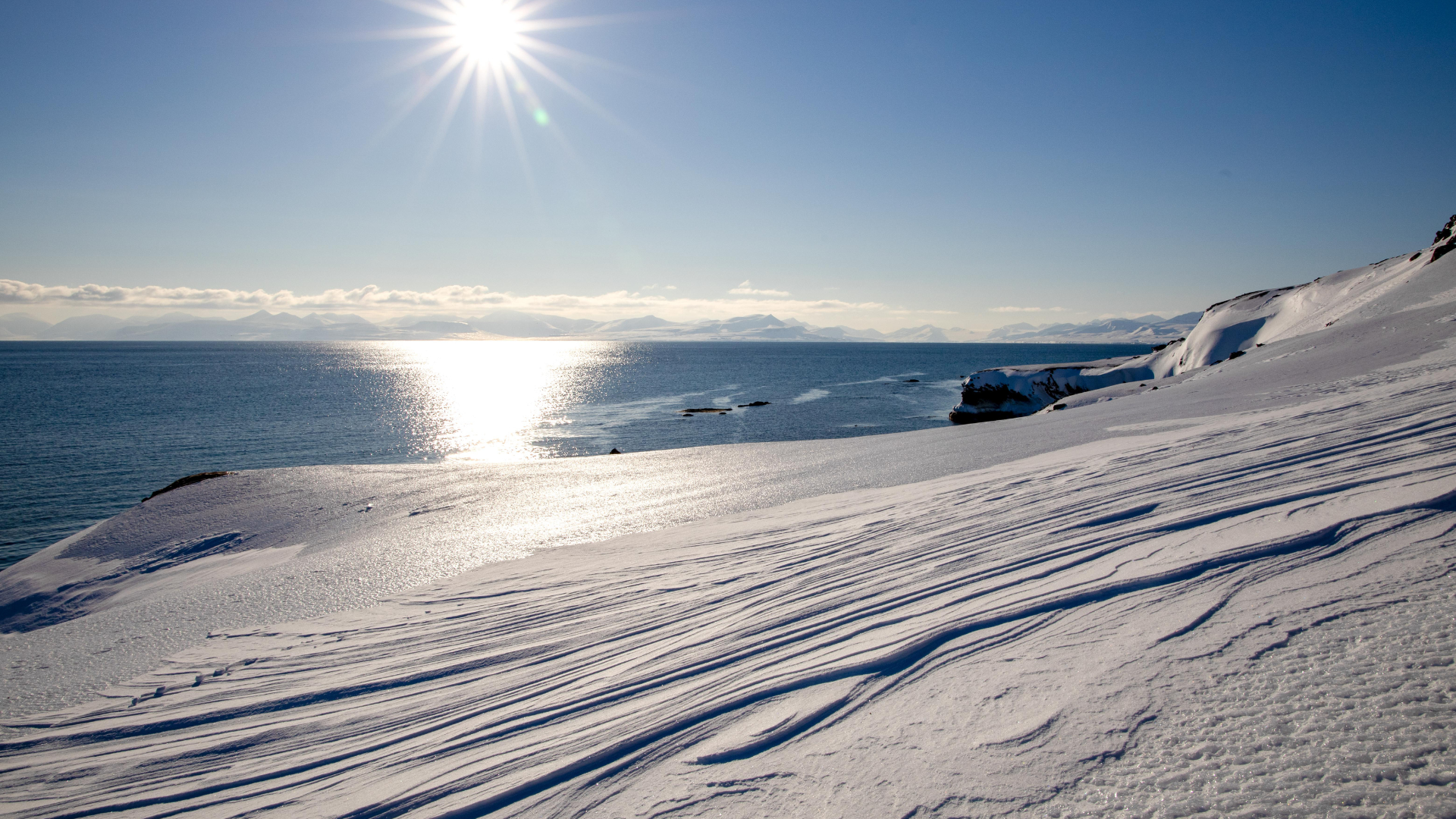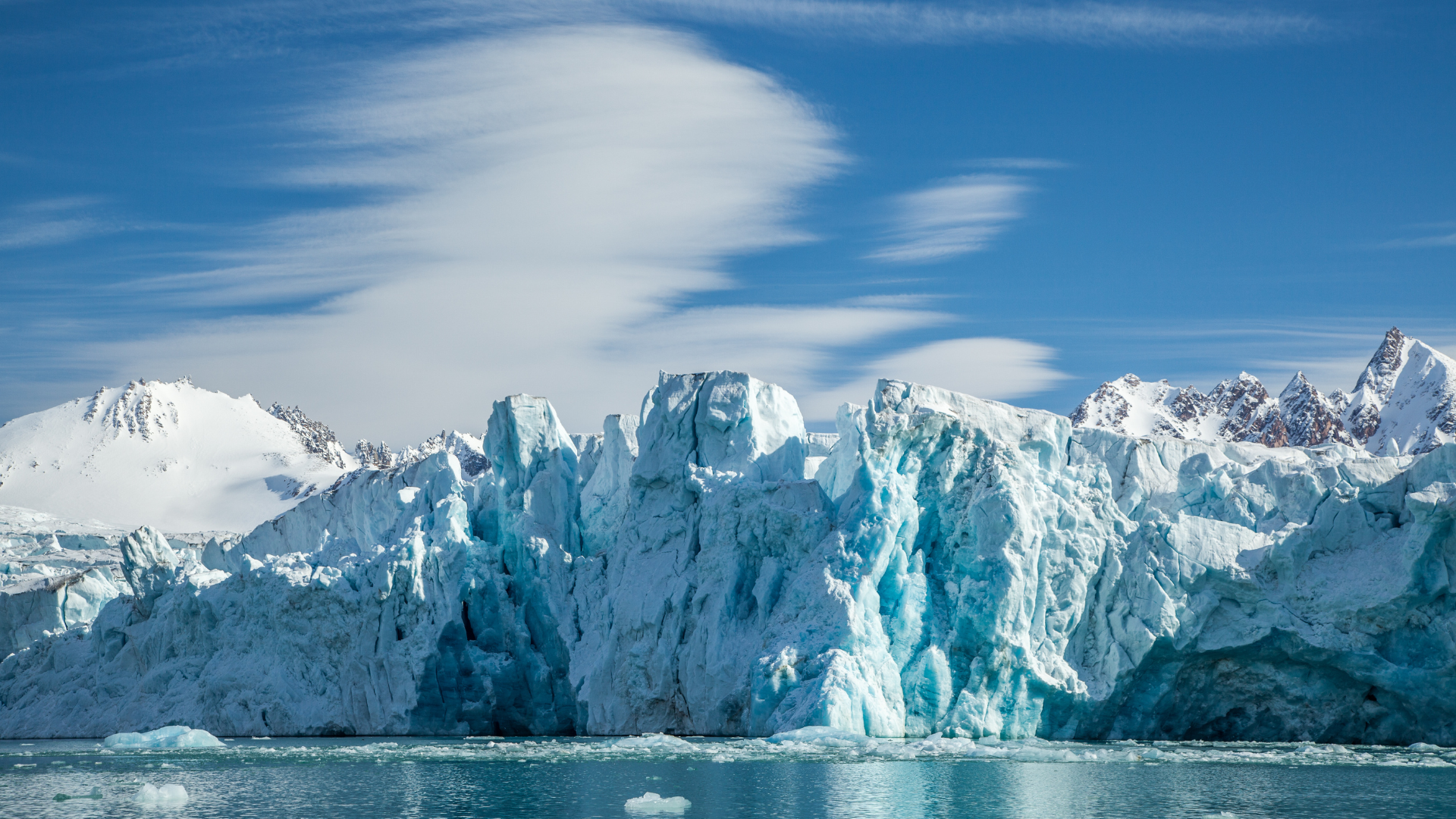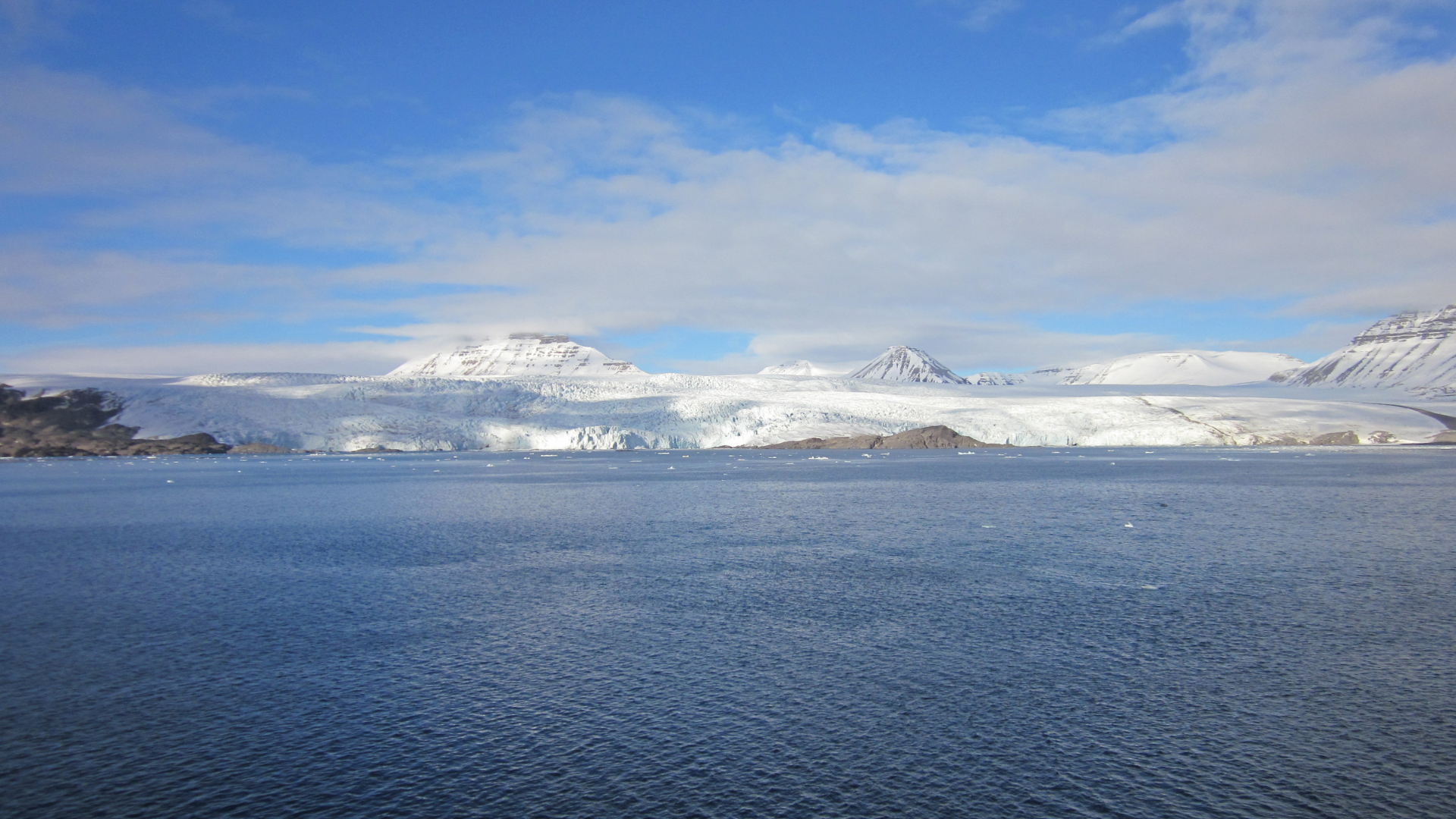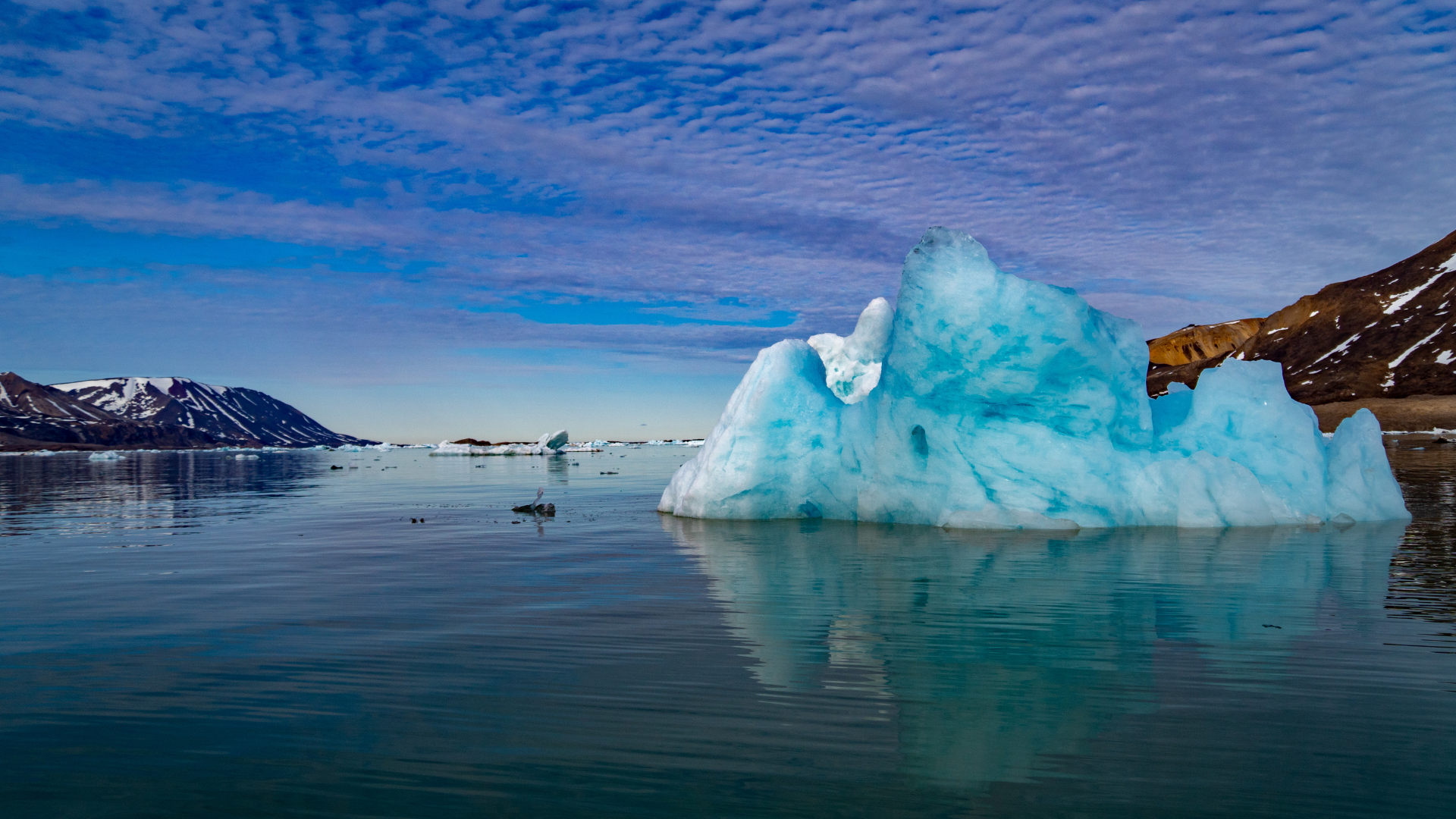It's Time To Explore Places That No One Has Been To
Svalbard: Interesting Facts and Highlights in February
Svalbard: Interesting Facts and Highlights in February
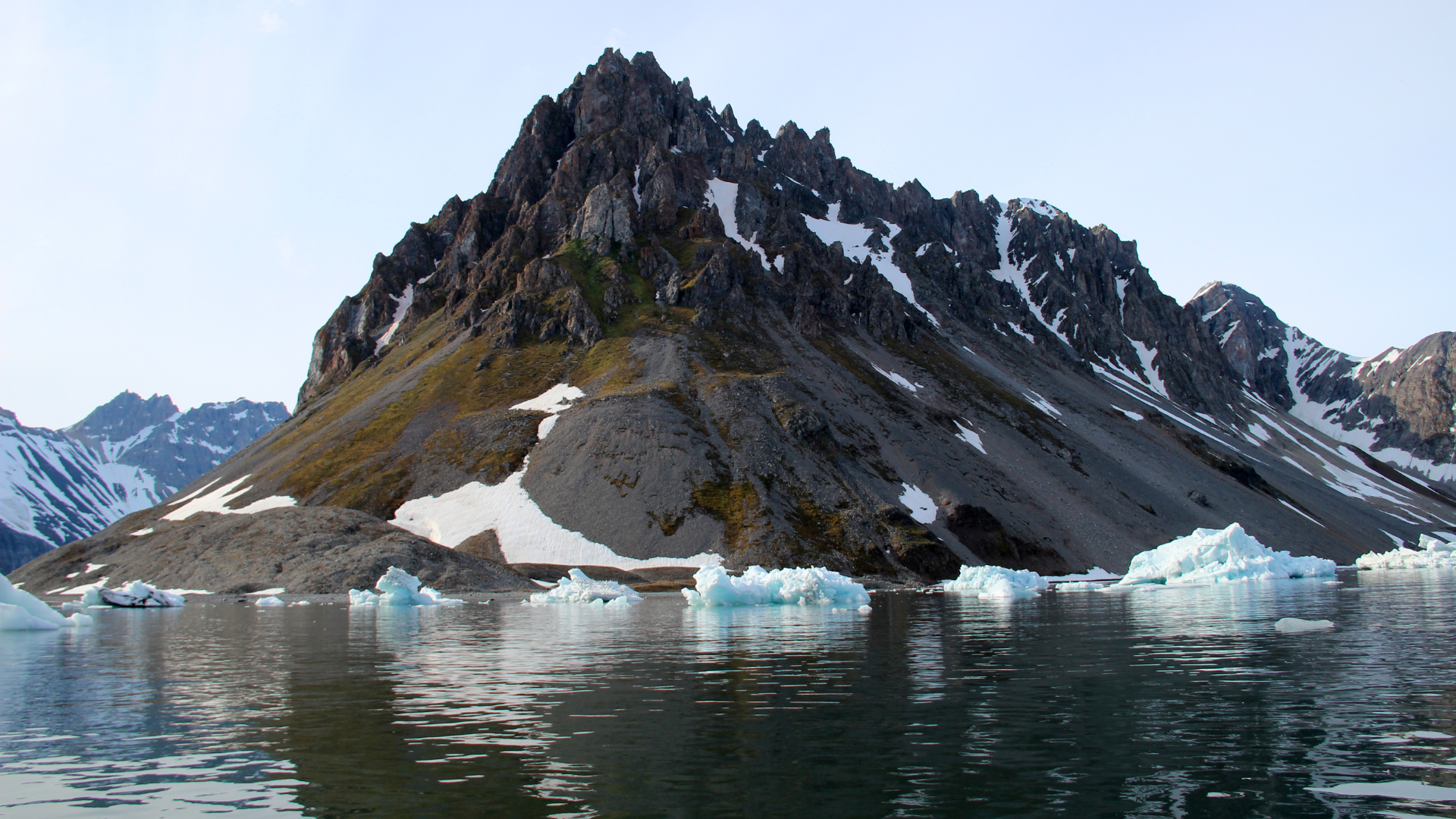
February in Svalbard is a fascinating period as the archipelago begins its transition from the Polar Night to the return of daylight. By mid-February, the first hints of dawn start to appear, breaking the long darkness and bringing a sense of renewal and anticipation. This gradual return of light casts beautiful, soft colors across the snow-covered landscape, creating striking and picturesque scenes. The changing light conditions make February a particularly interesting time for photography and outdoor exploration.
One of the most intriguing aspects of February is the re-emergence of the sun after months of darkness. Known as the "sun return," this event is celebrated in Svalbard with local festivities and a palpable sense of excitement. The sun's reappearance, even if just for a brief moment, is a significant milestone for the inhabitants and symbolizes the end of the long, harsh winter. This unique phenomenon underscores the resilience of both the environment and the people who call Svalbard home.
Wildlife activity begins to increase in February as the daylight gradually returns. While many animals remain in hibernation or have migrated south, the hardy species like the Svalbard reindeer and Arctic fox are more visible. These animals are well-adapted to the cold and can be seen foraging for food in the snow. The reindeer's thick fur and the Arctic fox's winter coat provide excellent insulation against the cold, showcasing the remarkable adaptations of Arctic wildlife. Birdwatchers might also catch a glimpse of the ptarmigan, which is well-camouflaged against the snowy backdrop.
Dog sledding remains a popular and thrilling activity in February. The longer days and improving light conditions enhance the experience, allowing for better visibility and more extended excursions. Dog sledding tours can take adventurers deep into the wilderness, providing a unique perspective on the landscape and an appreciation for the traditional methods of Arctic travel. The bond between the mushers and their dogs is evident, and the silent, swift movement of the sleds through the snow-covered terrain is a memorable experience.
Snowmobiling continues to draw adventurers to Svalbard in February. The extensive snow cover and gradually lengthening days create ideal conditions for exploring the region's vast wilderness. Guided snowmobile tours offer the opportunity to travel across glaciers, through valleys, and to remote areas that are otherwise inaccessible. The thrill of speeding through the Arctic landscape, combined with the stunning views and the possibility of encountering wildlife, makes snowmobiling a highlight of any winter visit to Svalbard.
Ice fishing is another fascinating activity in Svalbard during February. The frozen fjords and lakes provide perfect conditions for drilling through the ice and fishing for Arctic char, a prized local species. Ice fishing offers a unique and peaceful way to experience the Arctic environment. Participants can enjoy the quiet solitude of the icy landscape, and the excitement of catching a fish through a hole in the ice adds to the allure of this traditional activity. It’s a great way to connect with the local culture and appreciate the resources of the Arctic.
Ice caving remains a must-do activity in February. The glaciers of Svalbard form stunning ice caves, with intricate patterns and vibrant blue hues that are truly mesmerizing. Guided tours take visitors into these natural wonders, where they can explore the beauty and complexity of the ice formations. The experience of navigating through these frozen labyrinths, with the light filtering through the crystalline walls, is both humbling and awe-inspiring. Ice caving provides a deeper appreciation for the natural forces that shape the Arctic landscape.
The cultural scene in Svalbard remains vibrant in February. Longyearbyen hosts a variety of events and activities that provide insight into the local way of life and the history of the region. Museums, galleries, and community centers offer exhibits and workshops on topics ranging from Arctic exploration to wildlife conservation. Engaging with these cultural offerings enriches the overall experience and provides a deeper understanding of the challenges and triumphs of life in the Arctic. This blend of outdoor adventure and cultural immersion makes February a fascinating time to visit Svalbard.
Want to travel to Svalbard?
It’s easy, just leave your details here and we will contact you
Sign up to our newsletter
We will get back to you as soon as possible
Please try again later
